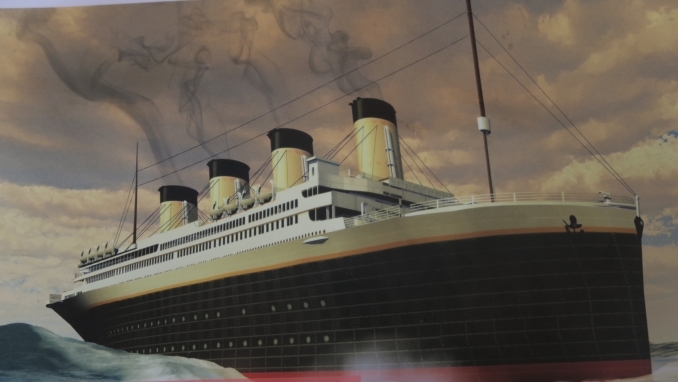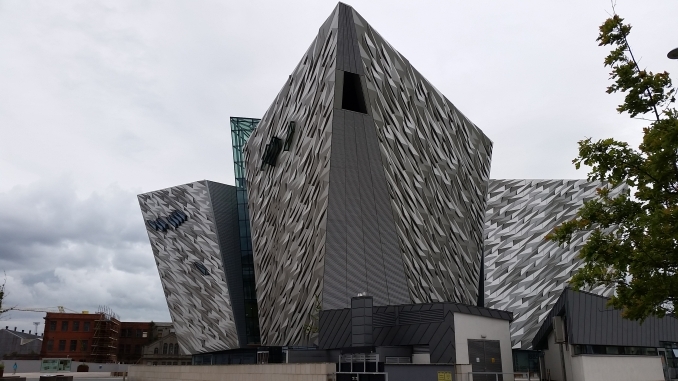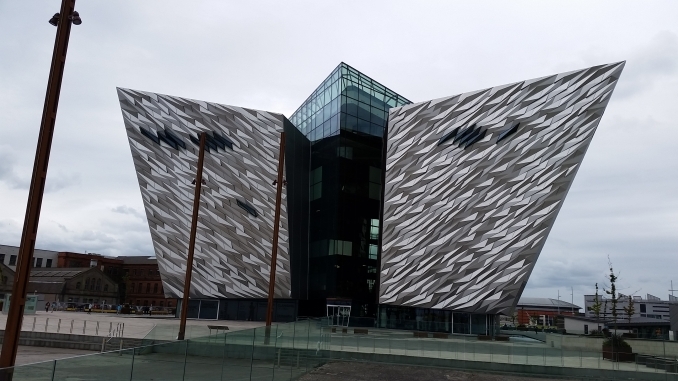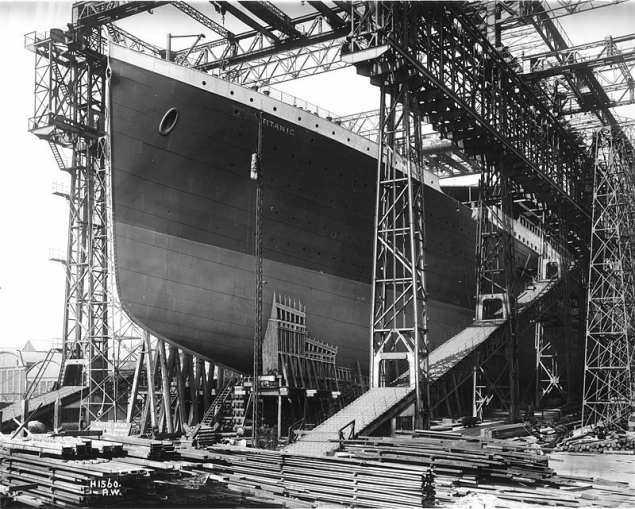Belfast adds another piece to the jigsaw of Titanic's history
The ill-fated ship passenger liner RMS Titanic was built in the city of Belfast (Irish: Béal Feirste) in the northeast of Ireland (Irish: Éire). Titanic sank during her maiden voyage in 1912. At the time, news of the terrible sinking of the Titanic spread around the world and its horror has held a fascination for people every since. Titanic, whose name was derived from Greek mythology and meant gigantic, set out on its maiden voyage across the North Atlantic from Southampton on 10 April 1912.
The ship called at Cherbourg in France and the Irish port of Cobh (Irish: an Cóbh), which in those days was known as Queenstown, on the south coast of County Cork. Titanic headed west towards New York. Four days into the crossing, at 11.40pm on 14 April 1912, about 375 miles (600 km) south of Newfoundland, she hit an iceberg. Titanic sank two hours and forty minutes later with the loss of 1,517 people. RMS Carpathia arrived on the scene some two hours later and was able to rescue the estimated 706 survivors from the ship's lifeboats.
The Titanic exhibition in Belfast is now a major visitor attraction. Known as Titanic Belfast, more than three million people have visited the attraction since it opened in 2012. It occupies the same location where the Titanic was built and launched by the shipbuilders Harland and Wolff. They built large slipways and graving docks to accommodate the construction of Titanic and her sister ships Olympic and Britannic. Titanic Belfast commemorates the construction and sinking of Titanic with interactive exhibits, artefacts, replica cabins, nine galleries of artwork, photographs and designs.
Now another piece of the jigsaw of Belfast's connection with Titanic has been added with the restoration of the historic drawing offices at Belfast shipyard where plans for the Titanic were made. The two arched rooms were at the heart of the old Harland and Wolff headquarters building. More than 1,000 ships, including Titanic were designed in the rooms, which fell into disrepair when the HQ became vacant in 1989. The Harland and Wolff building has been turned into the Titanic Hotel Belfast, which is due to open its doors on the 10th September.
The old drawing rooms with the distinctive arching offices have been kept completely intact, with the original moulding restored, which was crafted by the same men who built Titanic. Most of the floor and wall tiles were restored from the main building. The original tiles surrounding the main bar, are identical to the tiles used for Titanic’s swimming pool.
Images: Titanic image from the magazine Good News. Pictures of Titanic Belfast courtesy of Steve Toms. Launch of RMS Titanic









